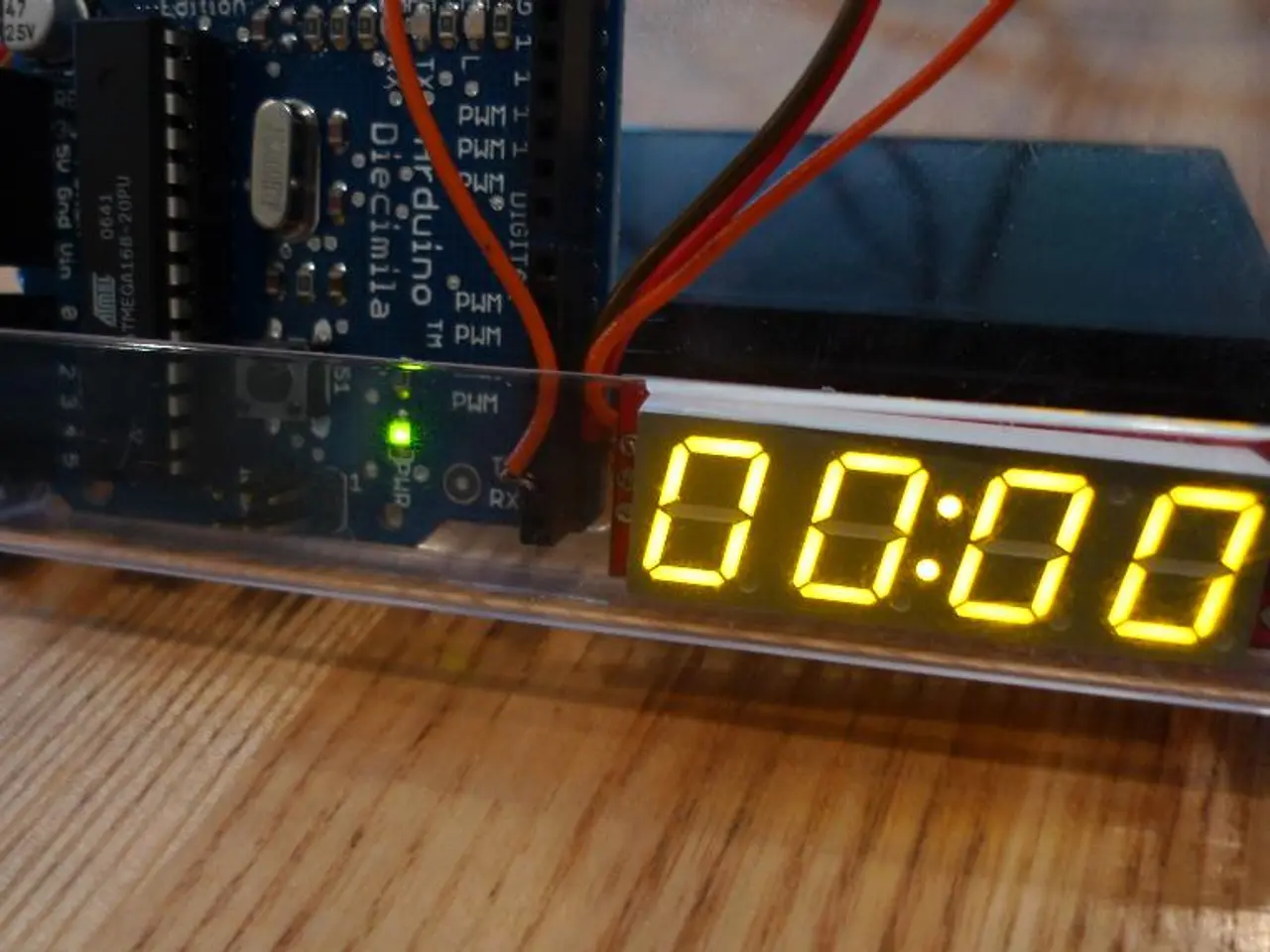Understanding the Mechanics of Circuital Emulation
In the realm of electronic design, circuit simulation plays a pivotal role. This process involves using precise representations of an electronic circuit to obtain accurate signal outputs corresponding to the inputs. It is a versatile tool, finding applications in microelectronics, integrated circuits, power electronics, and electrical power distribution networks, among others.
At its core, circuit simulation is a means to check and verify the functionality of electrical/electronic circuit designs before manufacturing and product deployment. It can be run on both linear and non-linear circuits, depending on the requirement.
A linear circuit is where the current flowing through the circuit is directly proportional to the circuit voltage. On the other hand, a non-linear circuit is when the current flowing through the circuit is not directly proportional to the voltage in the circuit.
Operating point analysis is a common technique used for circuits with constant sources. This analysis can be physically measured using a digital multimeter or in a simulation, it is measured by selecting the component of interest in the software.
Analog circuit simulations can be executed in various modes such as AC (frequency domain), DC (non-linear quiescent), and Transient (time-domain). In AC analysis, the sweep type, number of readings, start and end frequency must be specified to run the analysis of the circuit.
Digital circuit simulation, meanwhile, includes the use of circuit behavior models that are generated using hardware description language (HDL). For signal integrity analysis on systems boards, IBIS (Input/Output buffer information specification) is a behavioural model that details the electrical characteristics of the digital inputs and outputs of a device.
Noise analysis is another important aspect of circuit simulation, where the signal-to-noise ratio (SNR) in a circuit is measured. This ratio is the required signal to the undesired signal or noise, measured in decibels (db).
There are several software options available for circuit simulation in electronic design. LTspice, developed by Analog Devices, is an industry-standard SPICE simulator widely used for analog circuit modeling and analysis, favored by professionals and students alike for its precision, though it can have a learning curve and lacks PCB layout features.
MultiSim, developed by National Instruments, is a popular open software for electronic circuit simulation with various advanced features. VoltSim is a user-friendly app that supports both analog and digital circuit simulations in real time, suitable for beginners and experts. CircuitLab is a browser-based simulator and schematic editor that allows easy design and mixed-mode (analog and digital) simulation, known for a simple interface and fast in-browser simulation.
For PCB designers, circuit simulation is an invaluable tool to understand circuit behavior before board fabrication. It can help prevent expensive PCB rework and design inefficiencies. The Design for Manufacturing Handbook is a resource that provides best practices for annular rings, vias, trace width and space, solder mask and silkscreen in PCB design.
In conclusion, circuit simulation is a powerful tool in the world of electronic design. It offers a way to test and verify circuit designs before manufacturing, ensuring the functionality of the final product. With a range of software options available, from industry-standard tools to user-friendly apps, there is a solution for every need and skill level.
Controlled impedance can be analyzed and designed using circuit simulation technology, particularly in PCB design, to ensure precise signal propagation and reduce signal integrity issues. Data-and-cloud-computing, such as the use of cloud-based simulation software, can enhance the accessibility and efficiency of circuit simulation for engineers and designers worldwide.




